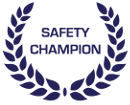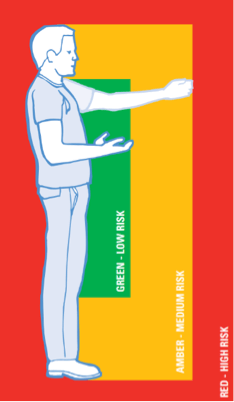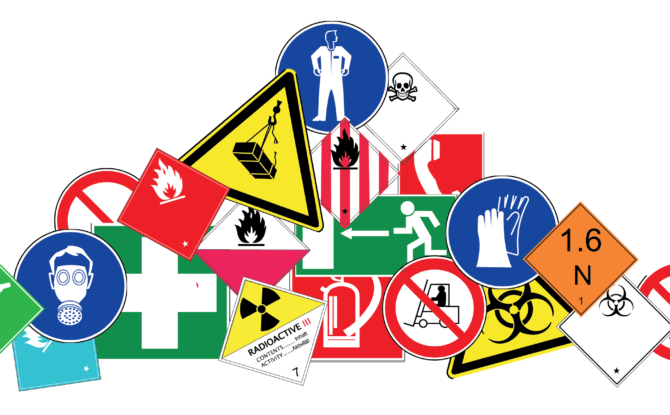What is an Issue Resolution Process, and do I need one? A lot of people ask us this. And they also ask whether they should develop one internally? And our response to this is… well yes, you should. However, if you don’t then you will automatically adopt the issue resolution procedure straight from the Regulations – so it is in your best interest to be across what it requires.
Essentially the intent of an issue resolution process is to make things easier for the people in your workplace to come to a resolution following an issue.
If you ask us, our take is that the terminology issue and resolution makes it all sound a little scary, and negative. But the short of it is, if you have a business, there will be safety hazards. And if you have employees, then it is likely that you will, on occasions have differences in opinions about how these hazards or other workplace issues are managed. By creating and communicating an issue resolution process, you are simply smoothing it all out, should these differences of opinions occur.
We know what you are thinking – does this mean pages and pages of words? No! It doesn’t need to be pages of complicated communication flows, rigid rules, and jargon. However, it does need to be a clearly defined, step-by-step process for how differences in opinion regarding safety management (i.e. issues) are escalated so they can be properly addressed.
So, what does your an issue resolution process need to include?
Well, these 4 things:
1. Report & Record
Clearly identify how your workers can raise issues. Do they tell someone, do they open an excel register and enter it in, or do they email someone? Sounds simple, but the trick is to make it clear how your people should raise an issue. If you make sure that it is recorded, no one can try to ignore the issue and use the “I didn’t know” clause at a later time. Recording the issue therefore assists in being more confident that the issue is clear, and can be attended to immediately.
2. Review & Assess
Who reviews the issues after they are logged? Along with the workers manager, the regulations guide you to ensure that the Health and Safety Representative (HSR) is made aware and consulted with. If you don’t have a HSR, then identify someone in your workplace with health and safety knowledge. Where possible, have a team of people assess and review the issue. This can be a good tactic because a team is more likely to find sustainable controls and resolutions that consider all parts of your business operations.
3. Ways to Escalate
If an issue doesn’t get addressed or resolved, where does it go next? Perhaps your people don’t have the expertise or experience to manage more serious issues. So this is where you need a clear pathway for issues to be escalated to management or even out to external parties. Typically, the issues will move from a worker to the HSR and then to the manager. Then, if the issue is not resolved at this level, it may be escalated to the manager’s manager. Then again, if it is not resolved here, it will get escalated up the management line to the CEO and/or Business Owner. And if it makes it all the way and is still not resolved, this is where external experts or the Safety Committee should be consulted. And as a final step, the State Health and Safety Regulator would be involved – here’s a list of the Australian Health and Safety Regulators.
4. Follow up & Close Out
How do you confirm that all issues have been addressed correctly and to the satisfaction of the person or team that raised it in the first place? This is an important part of the process – loop back and let your people know what the issue was and how you addressed it, so they can be reassured that it was resolved.
And another tip – once you have this process sorted, it should be communicated clearly to your people. Documenting it is a good way to make sure people have access to the information. Consider drawing up a simple and clear Issue Resolution flow chart and sticking it up around the tea room or emailing it around.
Stuck for ideas on how you can develop a simple way for health and safety issues to be raised, recorded and managed until close out? Well, Safety Champion Software has a module dedicated to do just this – yep, shipped and ready for used. Don’t make it hard and complicated for your people to raise issues that concern them. Make the ‘doing’ of Issue Resolution Process Management super simple with Safety Champion.


















